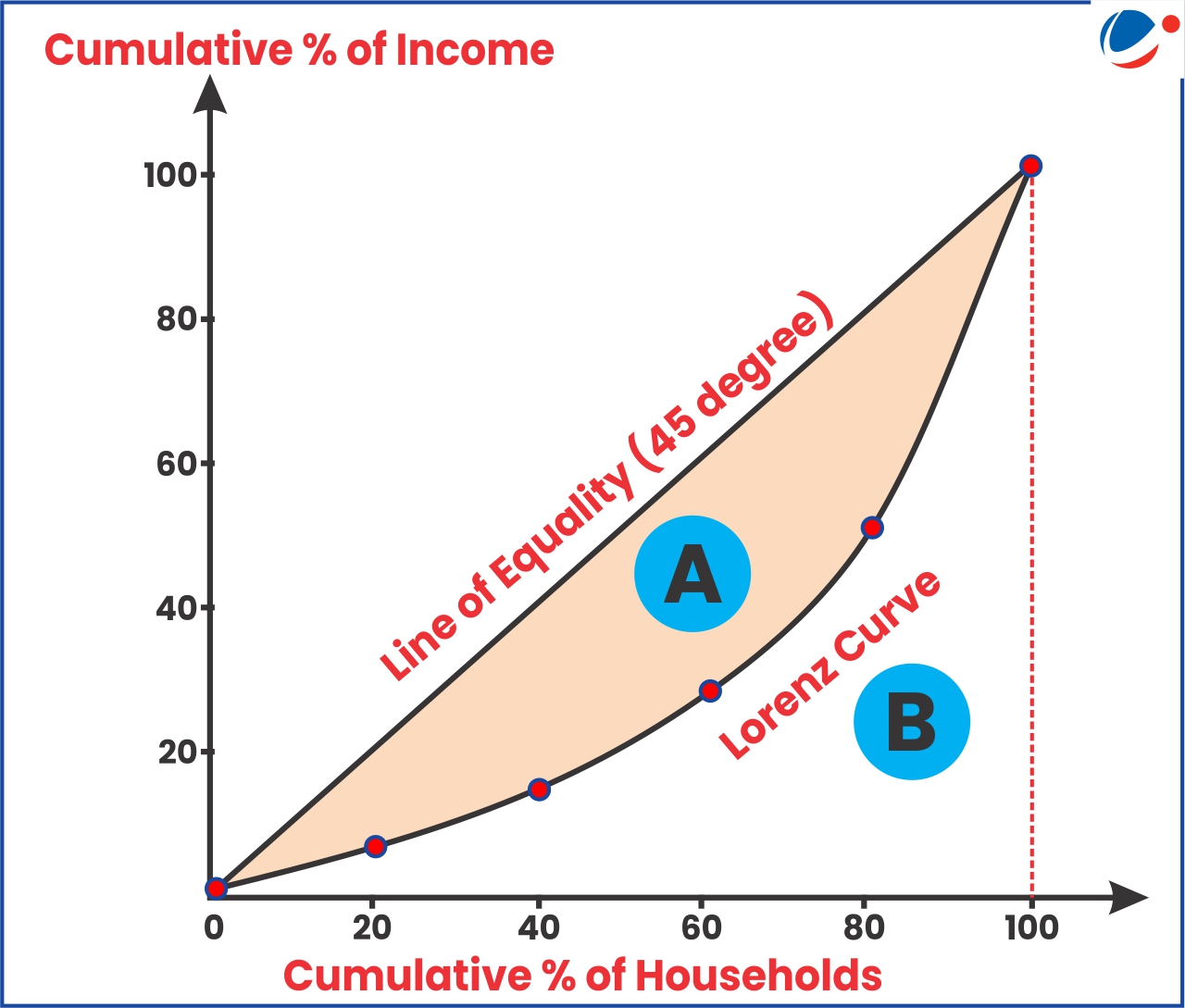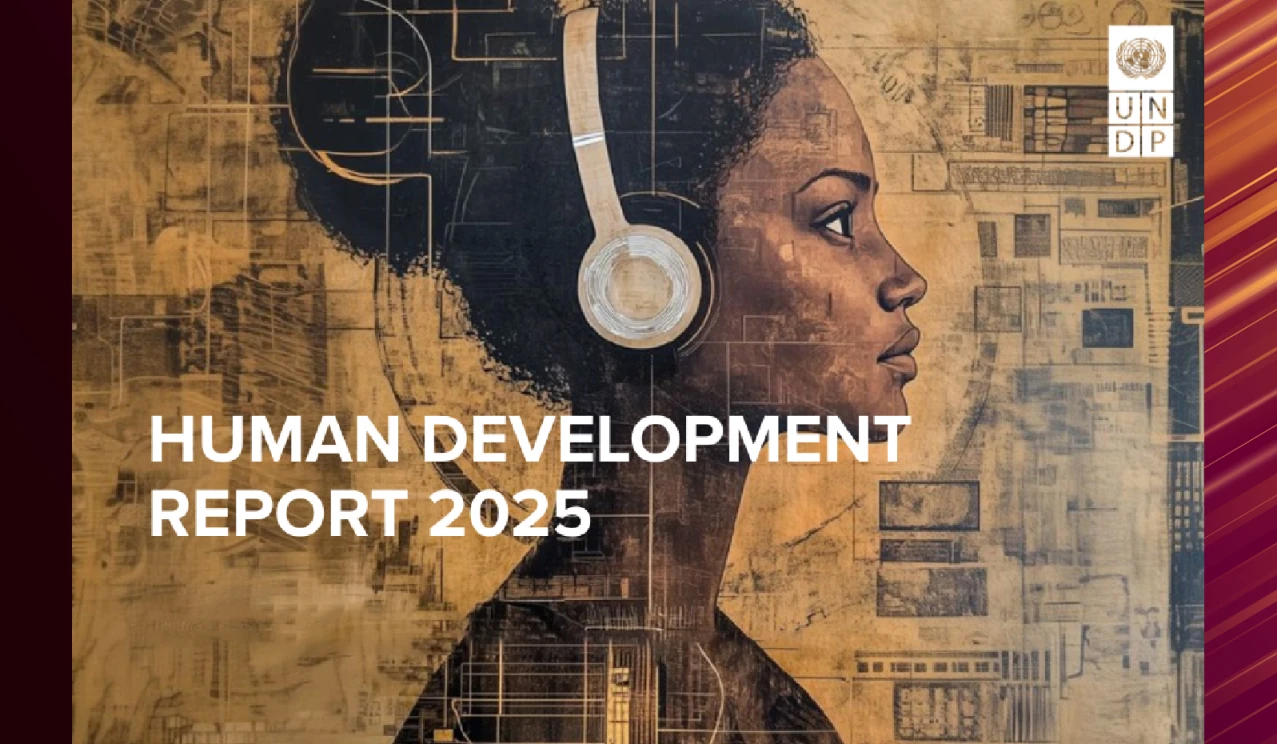Why in the News?
The United Nations Development Programme released its Human Development Report 2025 which appreciated India for its progress in human development but also warned about rising inequality, particularly significant income and gender disparities.
Key Findings of the Report
- Human Development Index (HDI)
- Global: Widening gap in inequality between countries with low Human Development Index (HDI) scores and those with very high HDI scores for the fourth consecutive year.
- Top 3 ranked countries: Iceland, Norway, Switzerland
- India: India's rank in HDI improved from 133 in 2022 to 130 out of 193 countries in 2023.
- India's HDI value rose from 0.676 in 2022 to 0.685 in 2023, placing India in the medium human development category and bringing it closer to the high human development threshold (HDI ≥ 0.700).
- Since 1990, India's HDI value has soared by over 53%, outpacing global and South Asian averages.
- Global: Widening gap in inequality between countries with low Human Development Index (HDI) scores and those with very high HDI scores for the fourth consecutive year.
- Inequality-adjusted Human Development Index: India faced a 30.7% loss in human development due to glaring inequality in the country.
- In India, the poorest 40% population has an income share of 20.2% whereas the richest 10% hold 25.5% of the income share.
- Multidimensional Poverty Index (MPI): 16.4% population in India is living under multidimensional poverty whereas 4.2% population is living under severe multidimensional poverty.
- 18.7% of the population is vulnerable to multidimensional poverty.
- Gender Inequality Index (GII): India is ranked 102nd out of 193 countries.
- India's female (aged 15 and above) Labour Force Participation Rate (LFPR) is 35.1% compared to male LFPR which is 76.4%.

 Inequality and its Measurement
|
Reasons for persisting Inequality in India
- Socio-cultural disparities: Persistent Social Inequalities based on caste, gender, etc. continue to perpetuate economic disparities.
- Gender Pay Gap: In India, men earn 82% of the labour income, whereas women earn just 18%. (World Inequality Report 2022).
- Lack of quality Education and Healthcare: It perpetuates intergenerational poverty and limits economic mobility, especially in rural areas and among marginalized communities.
- E.g. Lack of equitable access to quality education traps the poor population in low-paid jobs; out-of-pocket-expenditure on health perpetuates poverty
- Nature of economic development: Jobless growth, problem of 'missing middle' in Indian economy, sectorial imbalances (Aggregate output of agriculture was 15% in 2019, while accounting for 42% of employment), etc.
- 'Missing middle' problem refers to disproportionately low number of small and medium-sized enterprises (SMEs), compared to the abundance of micro-enterprises and large corporations.
- Rural-Urban divide: Average Monthly Per Capita Consumption Expenditure is Rs. 4,122 in rural and Rs. 6,996 in urban India. (Household Consumption Expenditure Survey 2023-24).
- Labour policies: Reduced worker bargaining power resulting in low wages (e.g., rise of gig and informal platform worker).
- Further, tax policies also tend to favour capital gains over wages which contribute to widening income gaps.
- E.g., reduction in tax rates on Long-term Capital Gains (LTCG) makes wealthier individuals, often earning from capital markets or startup equity, pay lower effective tax rate than many salaried professionals.
- Further, tax policies also tend to favour capital gains over wages which contribute to widening income gaps.
- Governance issues: Limited financial resources, inefficient utilization of available resources, corruption and poor implementation of policies and programs.
- E.g., vested interests and resistance to structural reforms, such as land reforms, labour reforms, and progressive taxation.
- Other factors: Technological divide, conflicts (e.g. left-wing extremism), climate shocks (e.g. frequent extreme weather events), sovereign debt crisis, COVID-19 pandemic disruption etc.
Way Forward
- Policy making: Formulating National Inequality Reduction Plans (NIRPs), promoting progressive taxation (higher tax rates for those with higher income/wealth), etc.
- Promoting a localized approach to planning and implementation E.g., Local-level inequality within rural villages and urban blocks accounts for the bulk of overall inequality in India.
- Inclusive Wealth approach: Inclusive Wealth refers to a nation's total wealth, which includes financial assets as well as natural resources, human, and social capital.
- Addressing Social and Cultural Barriers that perpetuate inequality, such as caste-based discrimination and gender disparities. E.g., Gender Budgeting.
- Gender equity: Encourage female workforce participation through safer workplaces, childcare facilities, and flexible jobs; effective enforcement of equal property rights for women, etc.
- Access to Education and Healthcare: Improve public school infrastructure, teacher quality, rationalization and reforms in affirmative action policies for marginalized communities, etc.
- Aligning vocational training with market demand to improve employability across socio-economic groups.
- Strengthening Social Security Measures: Cash transfers, subsidies, and pension schemes, to provide a safety net for the economically disadvantaged.
Conclusion
Addressing inequality in India demands a whole-of-the-society approach — combining government policy, civil society efforts, and private sector accountability. Equity must be embedded in the design, delivery, and evaluation of all development initiatives.






